- Move from minimalist debranding to dynamic, responsive identities
- Modern logos can evolve through scent, motion, texture, and color
- Give up rigid control for cultural relevance and audience connection
- Allow your community to shape and adapt brand elements
- Think of logos as living tools, not fixed assets
Key takeaway: Tomorrow's successful logos will be fluid systems that adapt to culture while maintaining core brand values.
In recent years, there’s been a move towards simplified logos. Lamborghini, Avios, and Jaguar all revealed a more minimal look in 2024, joining the likes of Nike, Saint Laurent, and Nissan. However, saturation looms. Research suggests that brands are becoming “blands,” and consumers are starting to question why so many logos look the same. 1
In the midst of this saturation, an opportunity is opening to challenge not just the principles of creative branding but the very idea of what a logo represents. Instead of opting for something simple and sacred, a new wave of creatives is proving the future logo is flexible, fluid, and able to react to the world in real time.
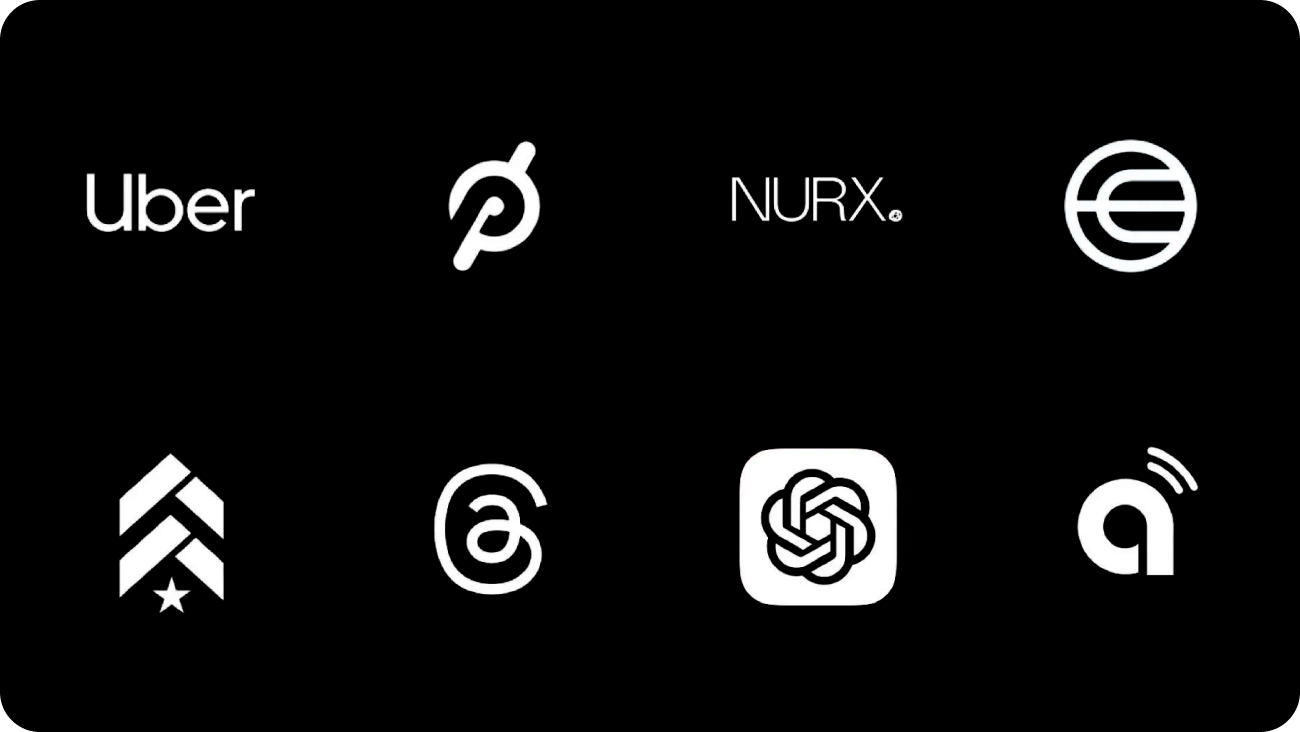
1“All logo redesigns will disrupt consumer memory structures, but the extent to which a logo design diminishes brand recognition and attribution can depend on how far it strays from the original — and how legible it is.”
3“White means clean and minimalist. White is a canvas, not a competition. It leaves space for interpretation and individuality. It is presence. Write, paint, think, smell it for yourself.”
Described as “the industry’s first olfactive logo,” fragrance brand 27 87 introduced 2 Per sē to the market as something that will evolve over time to capture the current moment. 3 While today that smells like orris butter, violet, and bamboo, it’s a project 27 87 calls incompletable, saying the fragrant logo “ebbs and flows with the dynamism of change, yet its core remains strikingly constant. Just as time never stops, neither does Per sē. It serves as evidence of the enduring within the ever-changing.”
Patreon is another embracing the fluid logo. Its recent rebrand, which won Fast Company’s 2024 Innovation by Design Award, included a logo that was intentionally unfinished as part of a new identity built for, and with, creators. More specifically, the platform developed a visual system that allows its users to alter the Patreon logo with color, texture, and motion so they have creative control of how it appears on their page. Patreon has committed to adding new iterations so it’s always in line with whatever’s happening in the outside world.
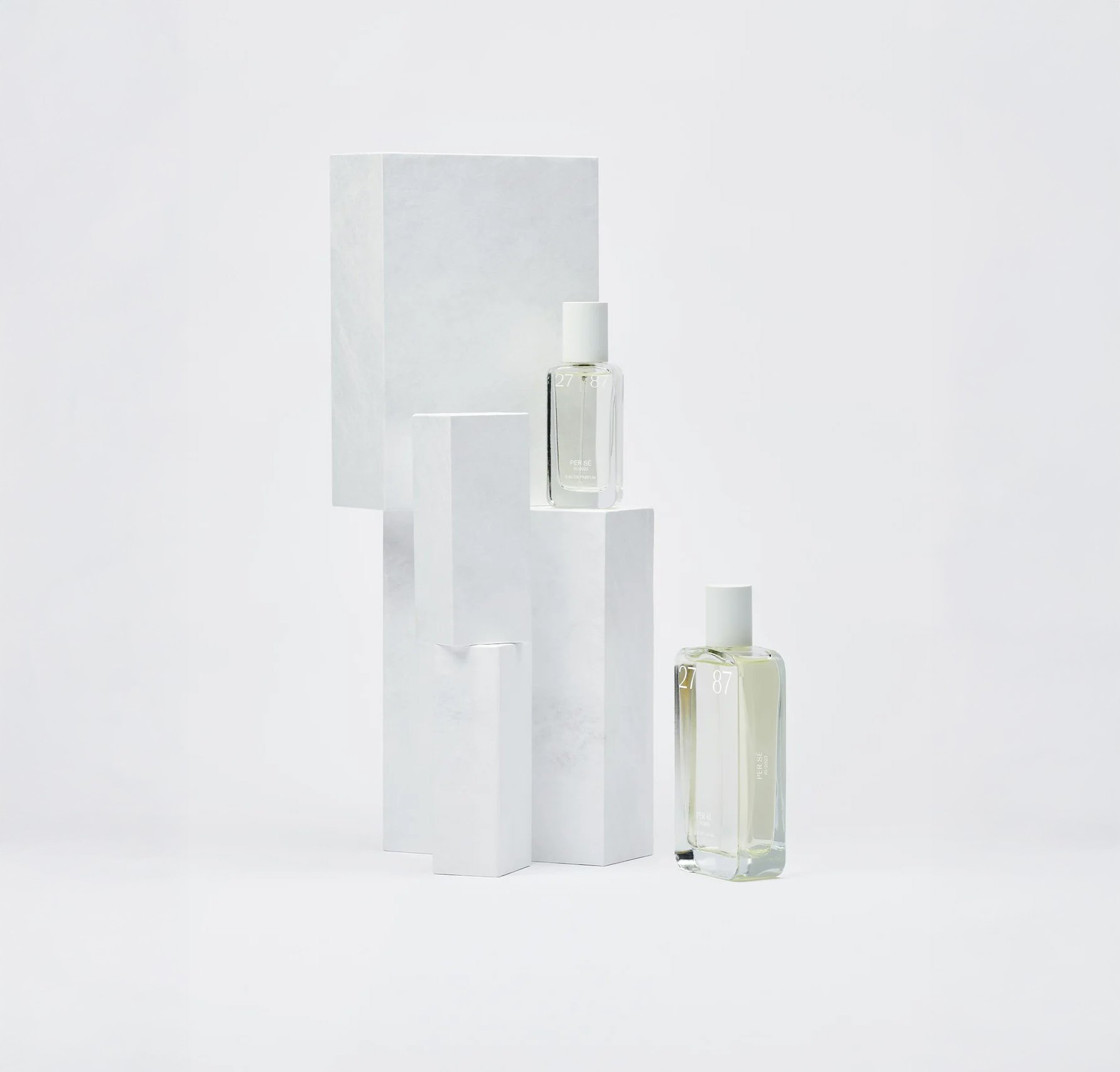
2“In creating Per sē, we aimed to capture the very essence of the present moment. This fragrance is unparalleled; it ebbs and flows with the dynamism of change, yet its core remains strikingly constant.
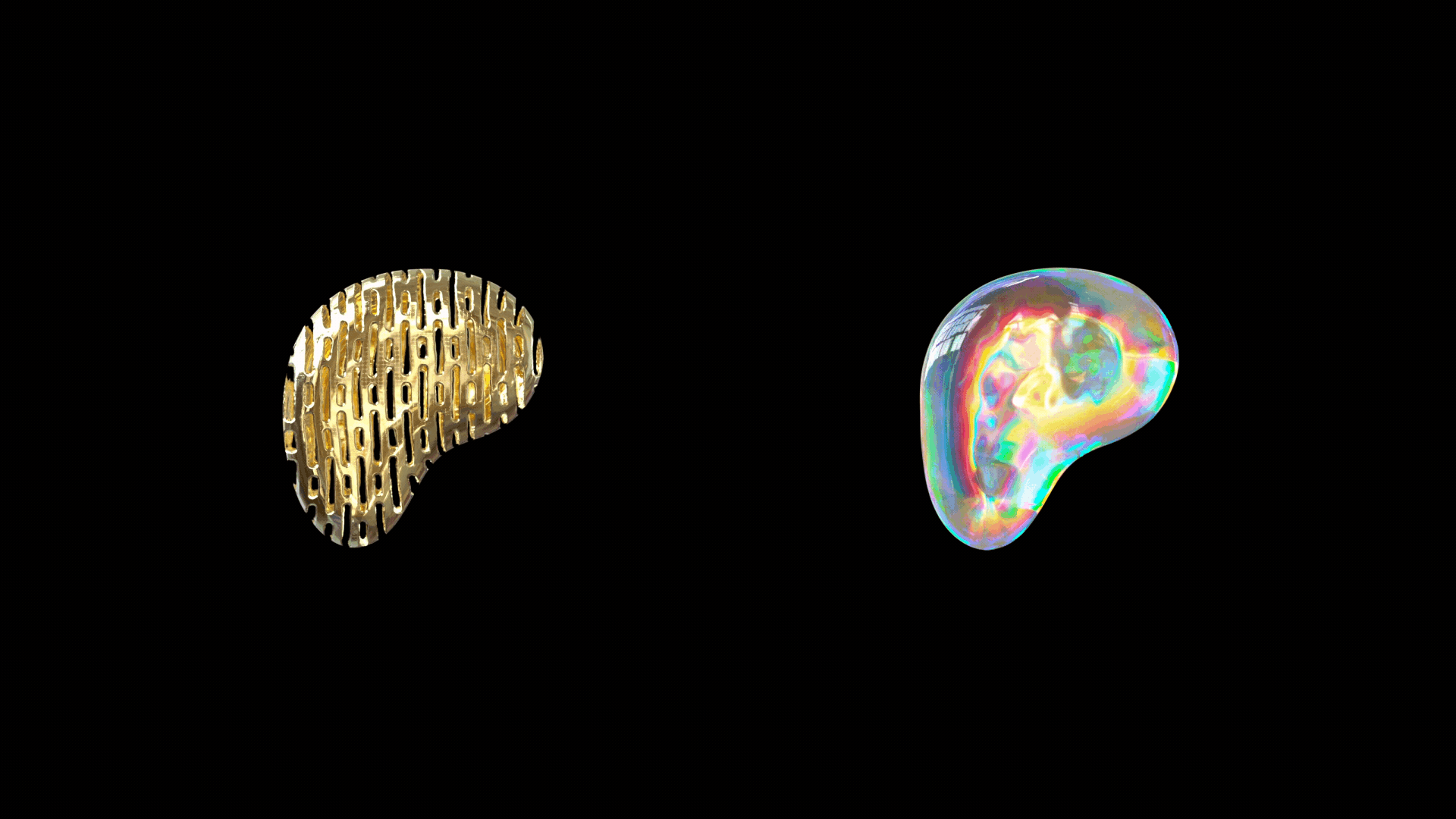
4 “Our new logo does not have an exact canonical form; there isn’t one definitive Patreon logo.”
As the brand states, 4 the logo “is a dynamic object in constant motion that represents the energy of creativity and the ever-evolving nature of culture and art. It is defined by its motion language, its abstracted 3-D ‘P’ shape, its fluid, irregular textures and colors, and its ability to morph based on adaptive cues from its environment.”
There’s a good chance your business’s logo is currently sitting alongside a set of rules or guidelines explaining where it can and can’t be placed. While fluid logos see you relinquishing that control, they reward you with something interesting, innovative, and welcoming to wider cultural conversations.
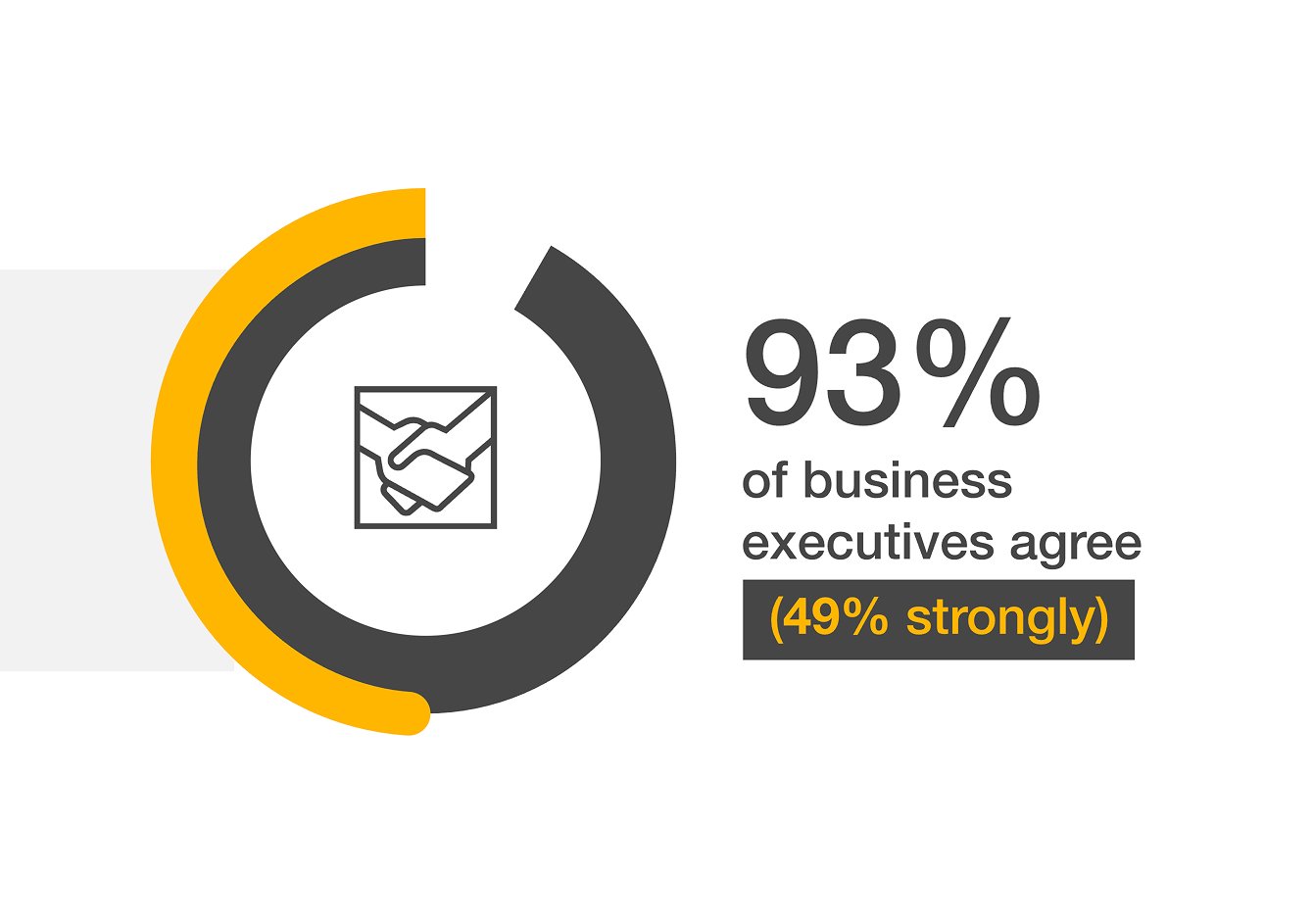
6 Q: Please indicate how much you agree or disagree with the following statements. (Response to "agree" and "strongly agree.") Source: PwC 2024 Trust Survey, March 2024; Base: Business executives 548
There’s also, in the case of Patreon, 5 a compelling case study for partnership. In a time when the trust gap between consumers and businesses is growing — with 90% of executives 6 thinking customers highly trust their companies when only 30% actually do — you start to see how a logo created in constant collaboration could help close the gap.
As we journey through 2025 and beyond, and thoughts of rebranding become reality, don’t think of the logo as something fixed. Think of it as fluid: a moving part that’s agile, reactive, and serves consumers in the same way a content or social media strategy would. If you do, you could have something that doesn’t just represent your brand’s identity and ethics, but a tool that authentically reflects its place in a future that’s constantly on the move.
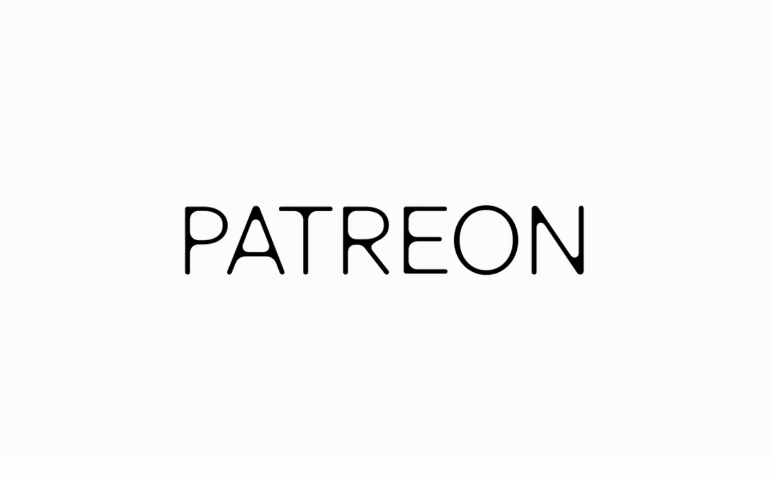
5 “Patreon is your space to create what excites you most, rough or polished, big or small. Hundreds of thousands of creators use Patreon to share videos, podcasts, writing, art, music, recipes and more with their most passionate fans."